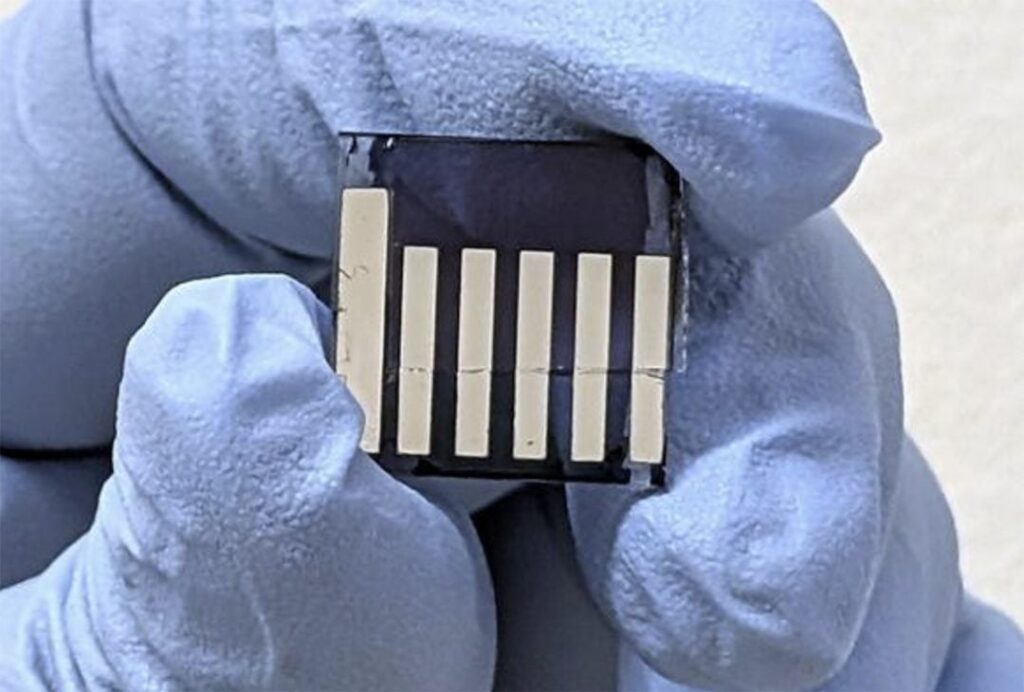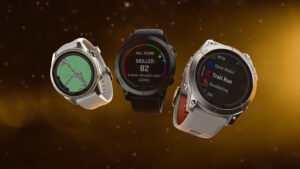
Researchers have unveiled a groundbreaking spectrometer that is smaller than a thumbnail, offering a significant leap forward in spectrometry technology. This innovation, developed at North Carolina State University, can accurately measure wavelengths of light from ultraviolet to near-infrared, potentially paving the way for next-generation imaging spectrometers integrated into everyday devices such as smartphones.
The announcement comes as the technology sector continues to push the boundaries of miniaturization and functionality. The spectrometer, described by Brendan O’Connor, a professor of mechanical and aerospace engineering at NC State, operates quickly and efficiently, requiring only low voltage. “Our demonstration prototype is only a few square millimeters in size — it could fit on your phone. You could make it as small as a pixel, if you wanted to,” O’Connor explained.
Innovative Design and Functionality
The new spectrometer utilizes a tiny photodetector capable of sensing light wavelengths after interaction with target materials. By applying different voltages to the photodetector, users can adjust the sensitivity to various wavelengths. “If you rapidly apply a range of voltages to the photodetector and measure all of the wavelengths of light being captured at each voltage, you have enough data that a simple computational program can recreate an accurate signature of the light,” O’Connor noted. The process is remarkably efficient, taking less than a millisecond with a voltage range of less than one volt.
Previous attempts at miniaturizing photodetectors often involved complex optics and high voltages, limiting their sensitivity and practicality. This new approach offers a simpler, more effective solution, as demonstrated in proof-of-concept testing where the pixel-sized spectrometer matched the accuracy of conventional devices.
Potential Applications and Market Impact
The move represents a significant opportunity for consumer technology. “In the long term, our goal is to bring spectrometers to the consumer market,” O’Connor stated. The compact size and low energy requirements make it feasible for integration into smartphones, opening up exciting possibilities for applications in imaging spectroscopy, microscopic spectroscopy, and more.
This development follows a trend of increasing interest in incorporating advanced sensing capabilities into mobile devices. The potential for widespread use in consumer electronics could democratize access to sophisticated spectrometry, benefiting fields from scientific research to everyday consumer applications.
Support and Future Prospects
The research was supported by the National Science Foundation and the Office of Naval Research, highlighting the collaborative effort behind this innovation. The implications of this technology extend beyond consumer electronics, with potential applications in various scientific and industrial fields.
“The size and energy demand of the technology make it feasible to incorporate into a smartphone, and we think this makes some exciting applications possible,” said O’Connor. “From a research standpoint, this also paves the way for improved access to imaging spectroscopy, microscopic spectroscopy, and other applications that would be useful in the lab.”
As the technology progresses, the integration of such spectrometers into smartphones could revolutionize how we interact with the world, providing real-time data and analysis at our fingertips. The next steps will likely involve refining the technology for mass production and exploring its full range of applications.
For more in-depth coverage on technological advancements and their implications, subscribe to our updates on Google News.






